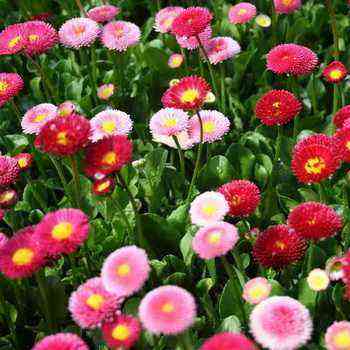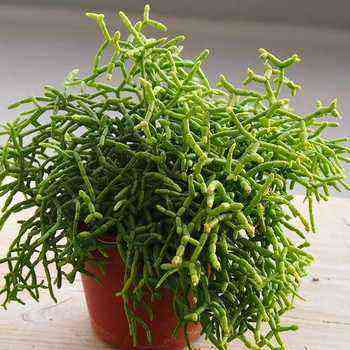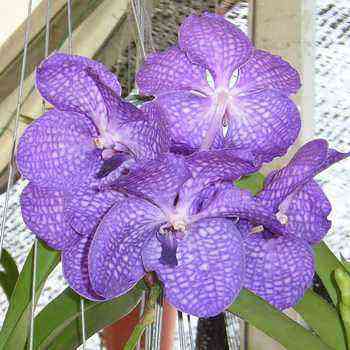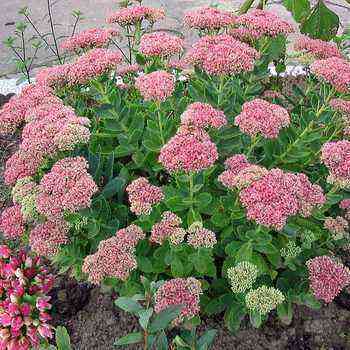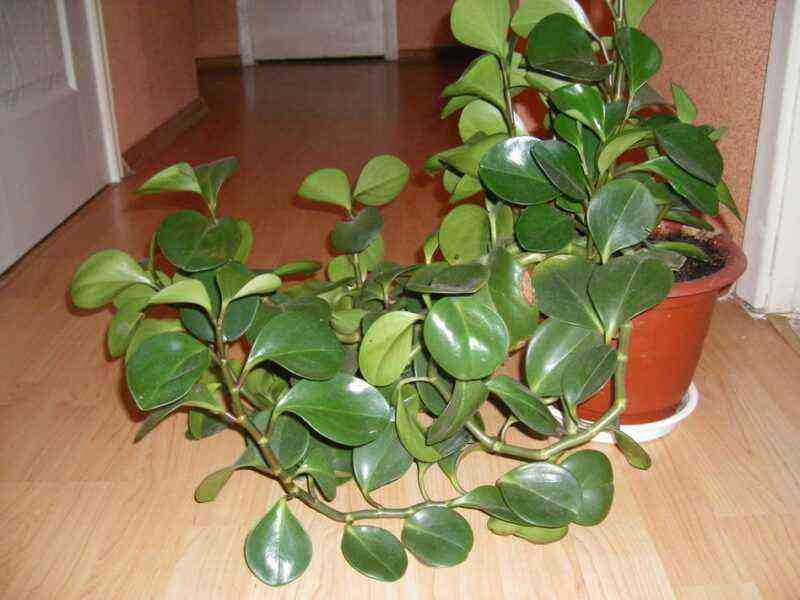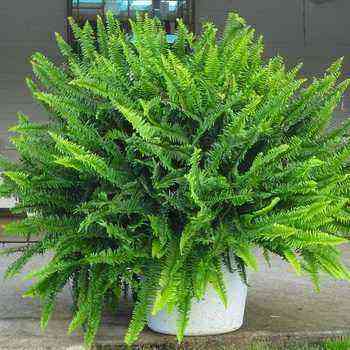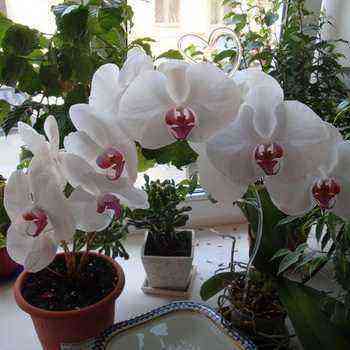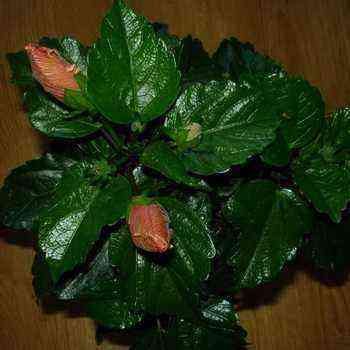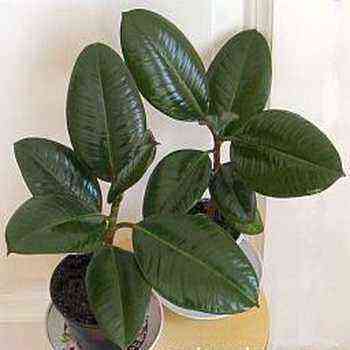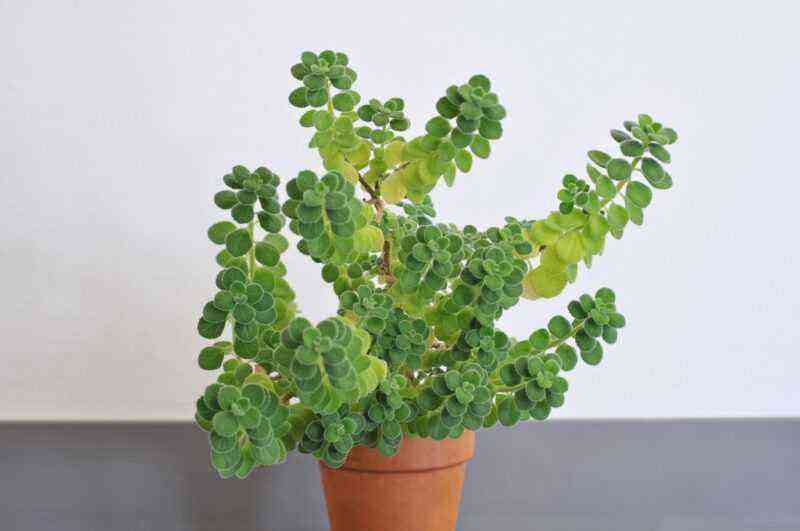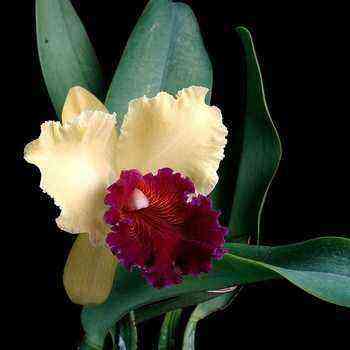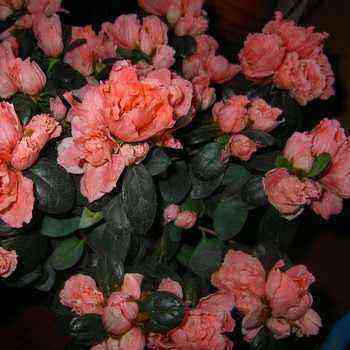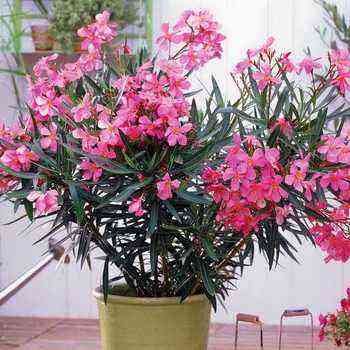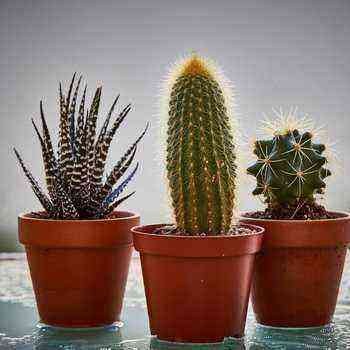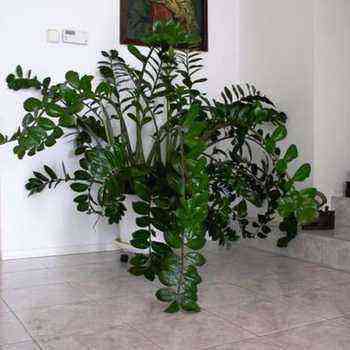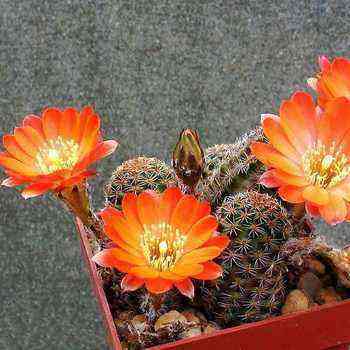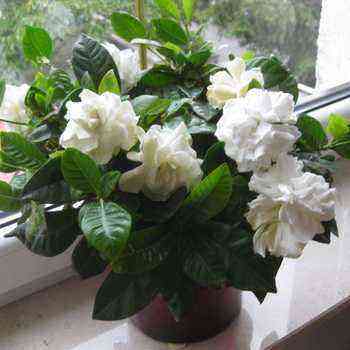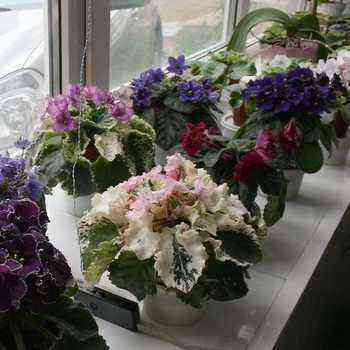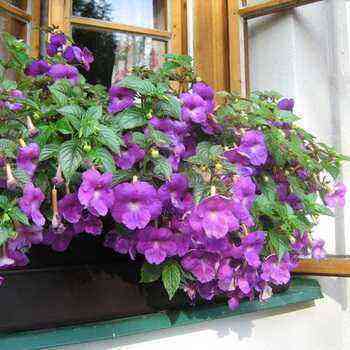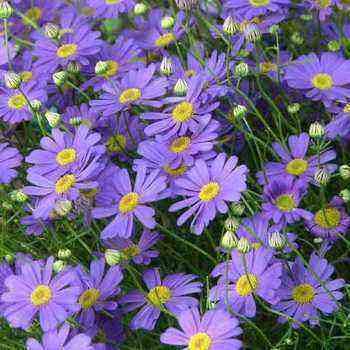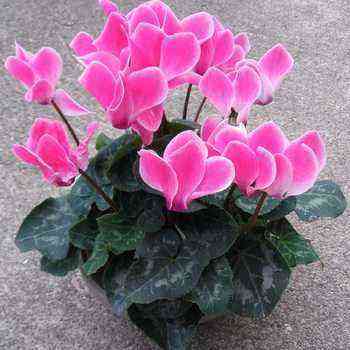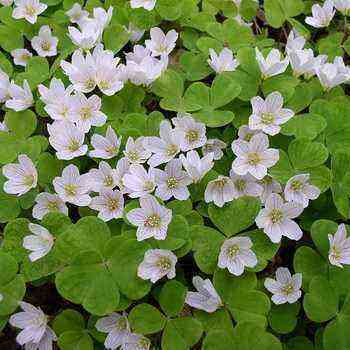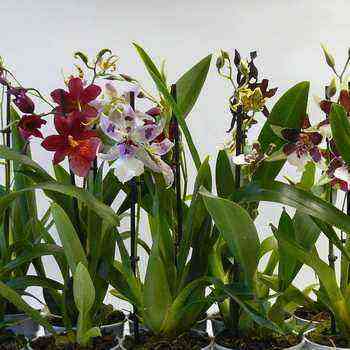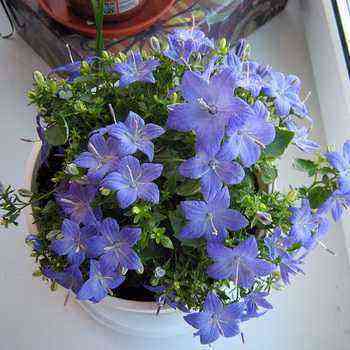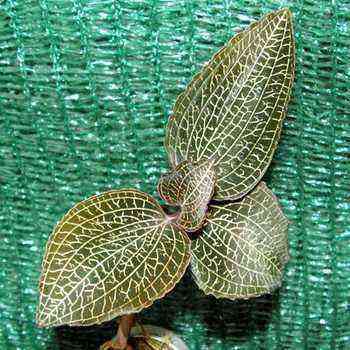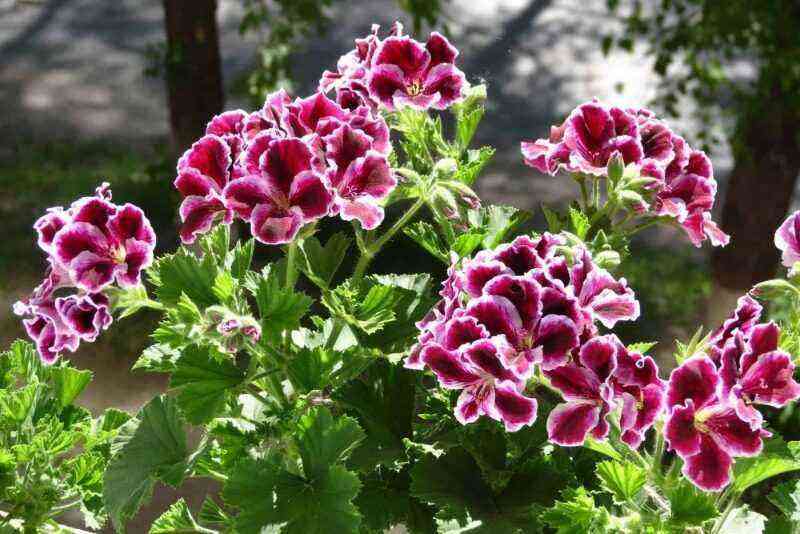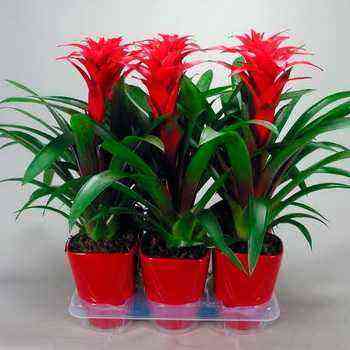 Azalea is one of the most beautiful potted plants to bloom in the winter. There are usually so many large bright flowers that a small bush with glossy dark green leaves is practically lost behind them. We will tell you about the varieties of Indian and Japanese azaleas, talk about the etymology of the name of this plant, give recommendations on how to care for azaleas at home, and also provide an opportunity to enjoy photos of Indian and Japanese azalea flowers in your home interior.
Azalea is one of the most beautiful potted plants to bloom in the winter. There are usually so many large bright flowers that a small bush with glossy dark green leaves is practically lost behind them. We will tell you about the varieties of Indian and Japanese azaleas, talk about the etymology of the name of this plant, give recommendations on how to care for azaleas at home, and also provide an opportunity to enjoy photos of Indian and Japanese azalea flowers in your home interior.
Azalea is often purchased as a “living bouquet”, but with proper care you can save the plant and achieve the same abundant flowering next year.
It is customary to call azaleas a large group of deciduous species belonging to the genus Rhododendron of the Heather family. This division is conditional and due to practical application: indoor plants and deciduous garden varieties are called azaleas, other garden varieties are usually referred to as rhododendrons.
Translated from Greek, the word “azalea” literally means “dry” (for the first time this name was introduced by Karl Linnaeus) and is associated with the description of the azalea before flowering – dense leathery glossy leaves give the plant a slightly “dried” look. The Latin name Rhododendron, derived from the Greek words rhodon for rose and dmdron for tree, literally translates to rosewood due to the lush flowers that resemble roses.
Indian azalea and photos of its varieties
The most widespread in room culture are hybrid varieties bred on the basis of Indian azalea, or Sims rhododendron (Azalea indica, Rhododendron simsii).
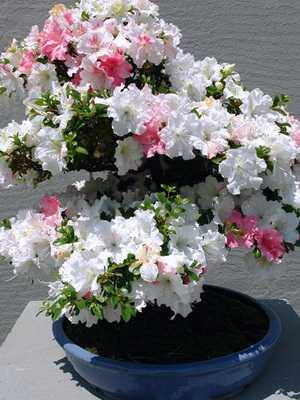

These are low shrubs (up to 30-40 cm), profusely branching, with small dark green glossy oval or obovate leaves. Plants are usually purchased during the flowering period. According to the flowering time, the varieties are divided into early (beginning of flowering in December), mid-early (blooming from January), late (blooming in February and later).
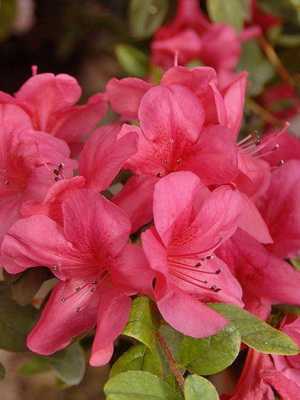
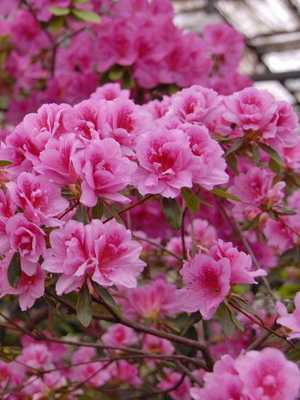
Azalea flowers are either simple or double, with smooth or corrugated petal edges, one-color and variegated (with reddish or pink strokes or stripes on a lighter background, with specks in the throat or only on the lower petals, with a border along the edge of the petals). The range of colors includes all sorts of shades of white and red, yellow azaleas are very rare and there are no blue ones at all.
A huge number of various varieties of Indian azalea are offered for sale. The most popular are the following:
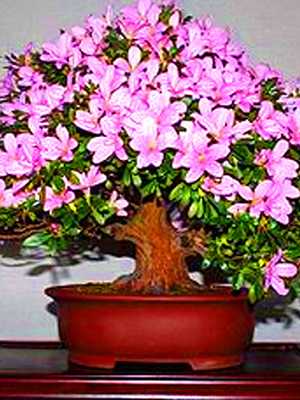
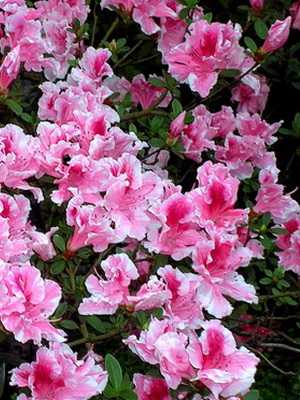
Variety “Snowflake” – a very sprawling bush. Pay attention to the photo of Indian azalea of this variety – simple lilac-pink flowers (up to 7 cm in diameter) are strewn with red-brown spots. “Snowflake” is resistant to various diseases.
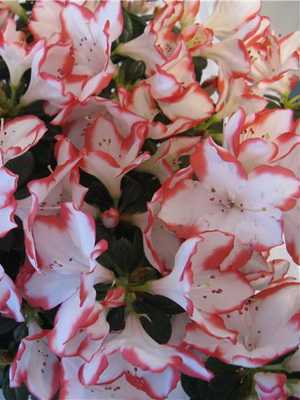
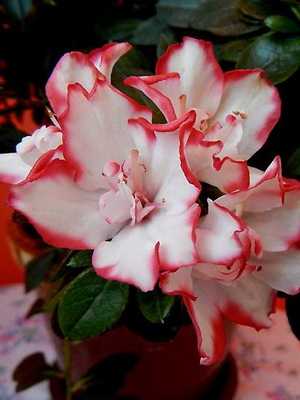
Azalea “Albert-Elizabeth” – medium-early variety with flowers 8-8,5 cm in diameter, double, white or light pink with a crimson edge ..
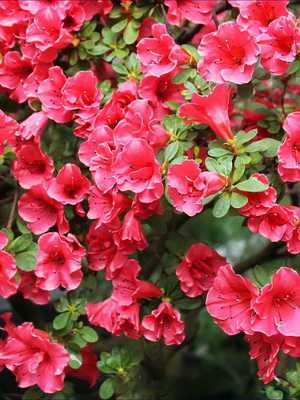
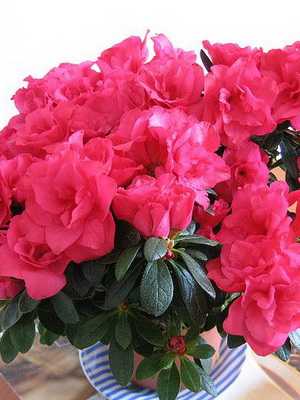
Azalea “Celestma” – late variety, sprawling bush with large (up to 7 cm in diameter) simple crimson flowers.


Azalea variety “Prof. Walfbers “ – a tall shrub with large, simple, bright pink flowers, the edges of the petals are wavy with a white border (late variety).
Indian azalea care
Azalea is a rather capricious plant. The climate of an ordinary city apartment during the heating season is not suitable for it. To keep the plant in bloom for as long as possible, it is necessary to take into account a number of requirements. The azalea is placed in a bright, but not in direct sunlight, cool (temperature around + 12 … + 14 ° C) place with high humidity and without air stagnation.
When caring for an Indian azalea, abundant watering is required – the soil should always be moderately moist, but without stagnation of water at the roots. It is good to place the pot on a pallet of wet gravel or in a wider planter filled with damp moss or coconut fiber.
Feeding a flowering plant is carried out every two weeks. Faded flowers must be removed immediately. Reduce watering in spring to stimulate kidney formation. The azalea is transplanted every 2-3 years, at the end of winter by the transshipment method, since the plant has many very thin roots. For planting in pots, use a special soil for rhododendrons, i.e. the mixture should be peaty and acidic. It is very important to pinch the tops of the shoots in early summer, since this is where flower buds form.
Azalea is propagated in spring by apical herbaceous cuttings, which are rooted in a humid environment at a temperature of +25 ° C.
Japanese azalea
Japanese azalea, or dull rhododendron (Rhododendron obfusum), is a less common species in indoor floriculture.
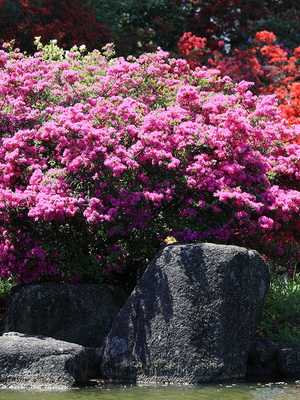
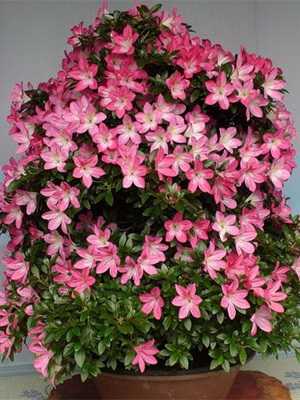
The flowers are also simple or double, white or red. Despite the “simpler” appearance of flowers, the Japanese azalea has one big advantage – after the plant has bloomed in a pot, the bush can be transplanted into the garden, and it will continue to bloom for many years in the summer.
Indian and Japanese azalea and their photos in the interior
Blooming azaleas – both Indian and Japanese – can be used either as a temporary decoration or in the interior of cool rooms, conservatories and greenhouses. When buying, you should give preference to plants that have a fresher appearance, with thickened buds and buds. It is better to refuse specimens with drooping leaves.
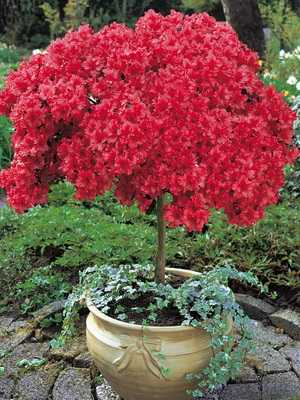
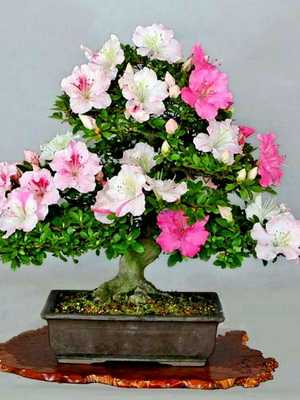
Pay attention to the photos of Indian and Japanese azaleas, formed in the form of a bush – to maintain this shape, regular pruning and shortening of the shoots is necessary. Also, Indian and Japanese azaleas can be formed into a standard tree or use the bonsai technique.


